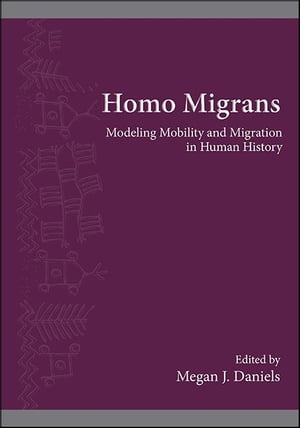to smo bili miニュース!
to smo bili miのコレクター大集合!安心の通販店舗など提供してます
Homo Migrans Modeling Mobility and Migration in Human History【電子書籍】
Homo Migrans Modeling Mobility and Migration in Human History【電子書籍】
<p>One of the most significant challenges in archaeology is understanding how (and why) humans migrate. <em>Homo Migrans</em> examines the past, present, and future states of migration and mobility studies in archaeological discourse. Contributors draw on revolutionary twenty-first-century advances in genetics, isotope studies, and data manipulation that have resolved longstanding debates about past human movement and have helped clarify the relationships between archaeological remains and human behavior and identity.</p> <p>These emerging techniques have also pressed archaeologists and historians to develop models that responsibly incorporate method, theory, and data in ways that honor the complexity of human behavior and relationships. This volume articulates the challenges that lie ahead as scholars draw from genomic studies, computational science, social theory, cognitive and evolutionary studies, environmental history, and network analysis to clarify the nature of human migration in world history. With case studies focusing on European and Mediterranean history and prehistory (as well as global history), <em>Homo Migrans</em> presents integrated methodologies and analyses that will interest any scholar researching migration and mobility in the human past.</p>画面が切り替わりますので、しばらくお待ち下さい。
※ご購入は、楽天kobo商品ページからお願いします。
※切り替わらない場合は、こちら をクリックして下さい。
※このページからは注文できません。
- 商品価格:3,968円
- レビュー件数:0件
- レビュー平均:0(5点満点)
- ショップ :楽天Kobo電子書籍ストア
© to smo bili miニュース!
